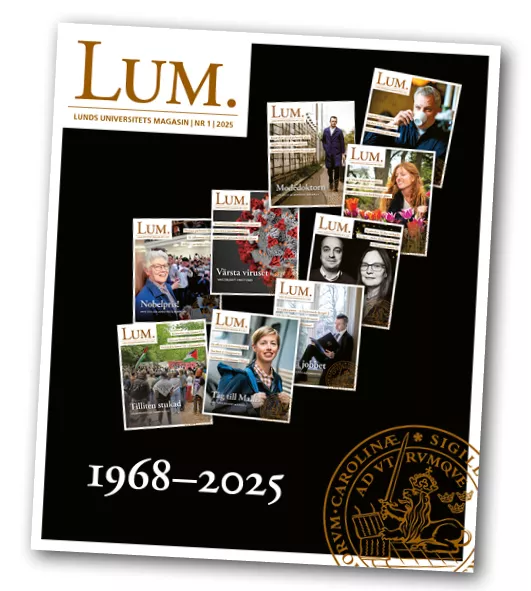Other Swedish higher education institutions are more successful in nominating, recruiting and obtaining funding for international research talent in relation to Wallenberg Academy Fellows, WAF. One of the proposals to make it more attractive to apply to Lund is to focus more on international calls for associate senior lectureships. This is to ensure that early-career talent can obtain secure employment during the WAF process and thus increase their motivation to choose Lund University over other higher education institutions.
External nominations not successful
Lund University is successful in getting internal nominations for WAF approved. Just over one in four nominations, 26 per cent, receive approval. Numbers for external nominations are not as successful, at just under one in ten (nine per cent). Significantly fewer than the most successful Swedish universities.
Johannes Persson, dean of the Joint Faculties of Humanities and Theology, led the working group. According to him, there are some differences between the faculties. Only the School of Economics and Management and the Joint Faculties of Humanities and Theology have been, in his words, “moderately successful”.
The final report points out that LU’s external field of candidates for nomination was severely limited compared to the internal one, and that several external researchers who were nominated withdrew their applications late in the process.
Lower proportion of women
Furthermore, LU has a lower proportion of women in terms of the total number of WAFs granted (35 per cent) compared to Stockholm University with 41 per cent and Uppsala with 51 per cent.
According to the authors of the report, LU’s poor track record in terms of external WAF is due to the fact, among other things, that nomination processes were started far too late and that proactive efforts made were too scattered and incoherent.
To reverse this trend, the authors of the report want to see a clearer and more coherent strategy from central level down to the department level and for the process to start much earlier than it does today. The single most important measure to get more and better external candidates is to combine nominations to the WAF programme with a decision to appoint the researcher in question as an associate senior lecturer. This would make LU more attractive and facilitate the process of securing top-quality international candidates.


